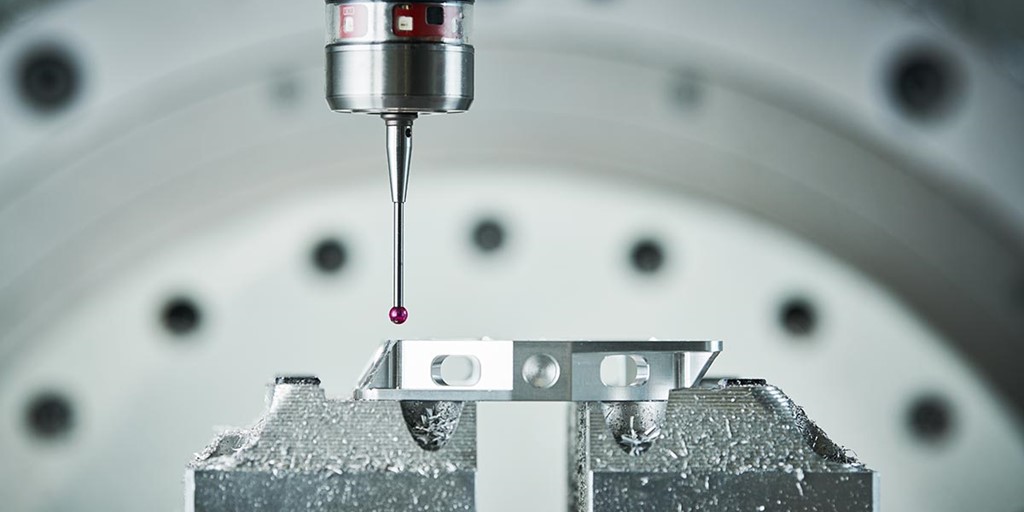The realm of medical wearables development is becoming an intriguing frontier in the landscape of health technology. With advancements in technology, these wearable devices are transitioning from simple fitness trackers to sophisticated medical tools that have the potential to revolutionize healthcare delivery. In this article, we dive into the world of medical wearables, examining their current state, exploring how they are developed, their importance to exporters and importers, and the promising future they hold in the healthcare sector.

Understanding Medical Wearables
Before deeply understanding medical wearables development, it’s crucial to grasp what these devices are. Broadly, medical wearables refer to electronic devices that consumers can wear, designed to collect data related to personal health and exercise. These devices range from heart rate monitors to more advanced devices such as glucose monitors for diabetic patients.
The Core of Wearable Technology
Wearable devices primarily focus on tracking physiological metrics. The data these devices collect can lead to better personal health awareness and, potentially, improved medical treatments. Modern-day wearables use sensors and software to read and interpret data, which can then be used for health monitoring and diagnostics.
Development Processes in Wearable Technology
The development of medical wearables involves numerous stages, beginning with initial concept designs, advancing through prototype creation, testing, and finally production and market release. Importantly, the development process requires interdisciplinary collaboration among engineers, healthcare professionals, and regulatory specialists to ensure devices are both technologically innovative and safe for consumers.
Key Challenges in Development
One major challenge in medical wearables development is ensuring accuracy and reliability in data collection. Devices must be precise in measuring health metrics to be useful to medical professionals. Another challenge involves making these devices user-friendly and affordable for consumers.
For more insights on building electronic prototypes, see how businesses are crafting effective solutions for wearables.
The Impact of Wearables on Health Monitoring
Attribute data gathered from medical wearables has shown to improve personalized medical care. Patients can track their own health indicators daily, allowing for continuous health monitoring without intrusive procedures.
Benefits to Healthcare Professionals
Medical professionals can use data from wearables to monitor patients remotely, reducing the need for frequent hospital visits. This data empowers doctors to have accurate health records for timely decision-making in treatments.
Market Trends and Innovations
Recent years have observed enormous growth in the wearable technology market. As per industry reports, the demand for medical wearables is increasing due to their utility in preventive healthcare and diagnostics. With the integration of advanced capabilities like AI and machine learning, wearables are becoming smarter and more efficient.
Significance for Exporters and Importers
For exporters and importers, tracking the trends in wearables opens doors to new markets. Given the increasing global popularity of these devices, understanding their development and consumer preferences is critical. Check how supply chains adapt to these trends.
Future Outlook of Medical Wearables
As technology continues to evolve, the future of medical wearables development seems quite promising. We can anticipate more personalized, non-invasive devices that cater to diverse medical needs. Advancements in battery technology, material science, and data analytics will further enhance the capabilities of wearables.
Potential Challenges Ahead
With growing advancements, challenges such as data privacy, regulatory compliance, and integrating vast amounts of collected data into useful forms remain.
Regulatory and Ethical Considerations
The development of medical wearables requires strict adherence to regulatory guidelines to ensure patient safety. Ethical considerations also arise, particularly concerning data privacy. Manufacturers must navigate these issues carefully to maintain consumer trust.
Ensuring Patient Privacy
Patient data collected by wearables must be safeguarded, requiring robust cybersecurity measures to prevent breaches. For more on safeguarding information, look into simulation tools for data security.
Increasing Role of Artificial Intelligence
Artificial Intelligence plays a pivotal role in interpreting the data collected by medical wearables, offering actionable insights for health management. Industries are exploring how AI can make wearables even more efficient for real-time analysis.
AI in Wearables
Current AI integrations in wearables allow for predictive analytics, enabling the anticipation of medical events before they occur. This innovation revolutionizes proactive health care management, giving individuals and practitioners a powerful tool for future preparedness.
Conclusion
The journey of medical wearables development is still ever-evolving, filled with potential to transform how healthcare is practiced. As research and development continue to overcome the challenges, these devices are set to become integral in daily health management.

FAQ section
What is the primary goal of medical wearables?
Medical wearables aim to monitor health metrics, provide real-time data, and improve personal health management and medical diagnostics.
Are there any privacy concerns with wearable devices?
Yes, privacy is a crucial concern. It’s essential for manufacturers to implement stringent data protection measures to ensure users’ personal information is secure.
How do wearables benefit healthcare providers?
Healthcare providers gain access to data that allows for remote monitoring of patients, potentially reducing the need for hospital visits and improving care delivery efficiency.


